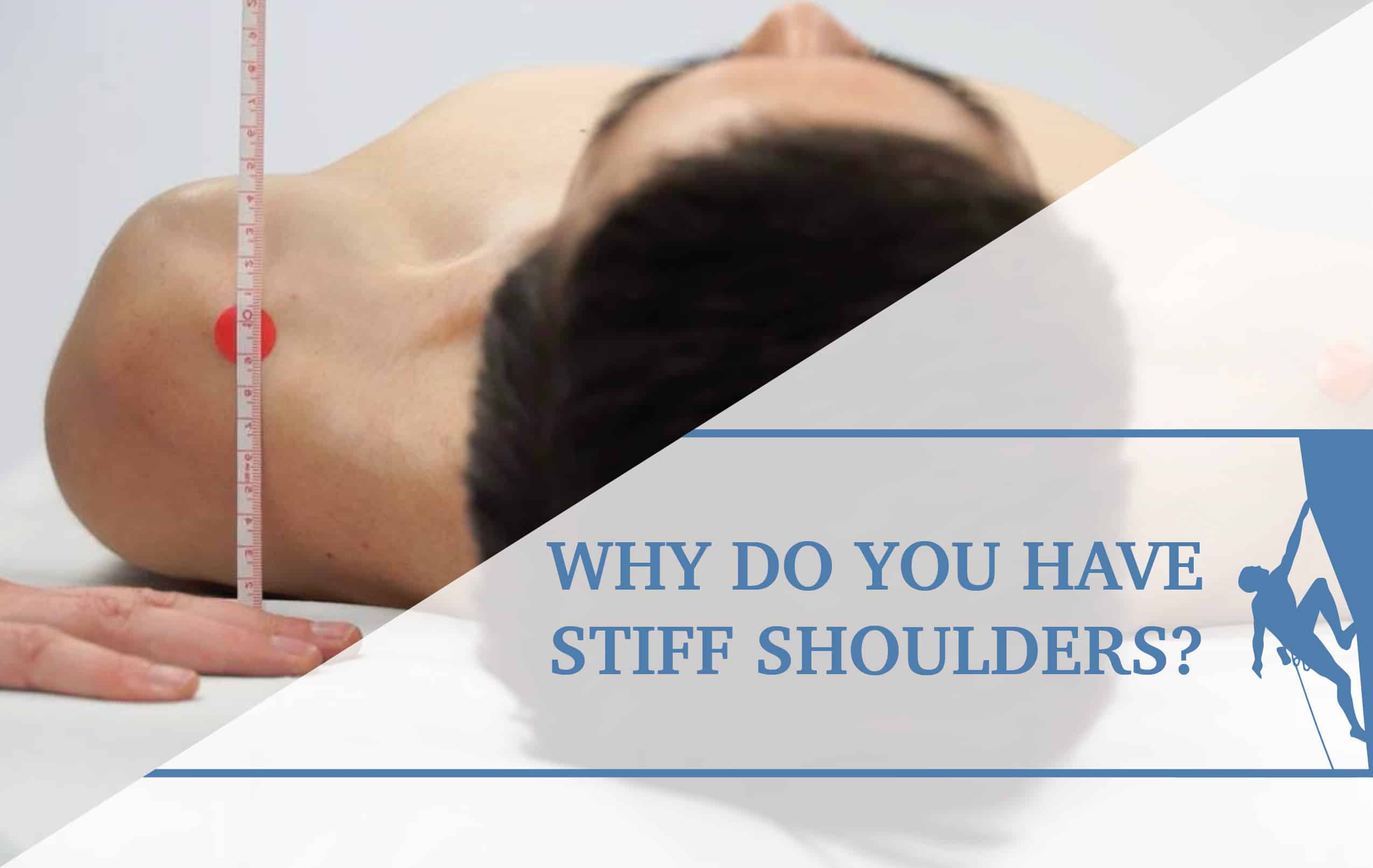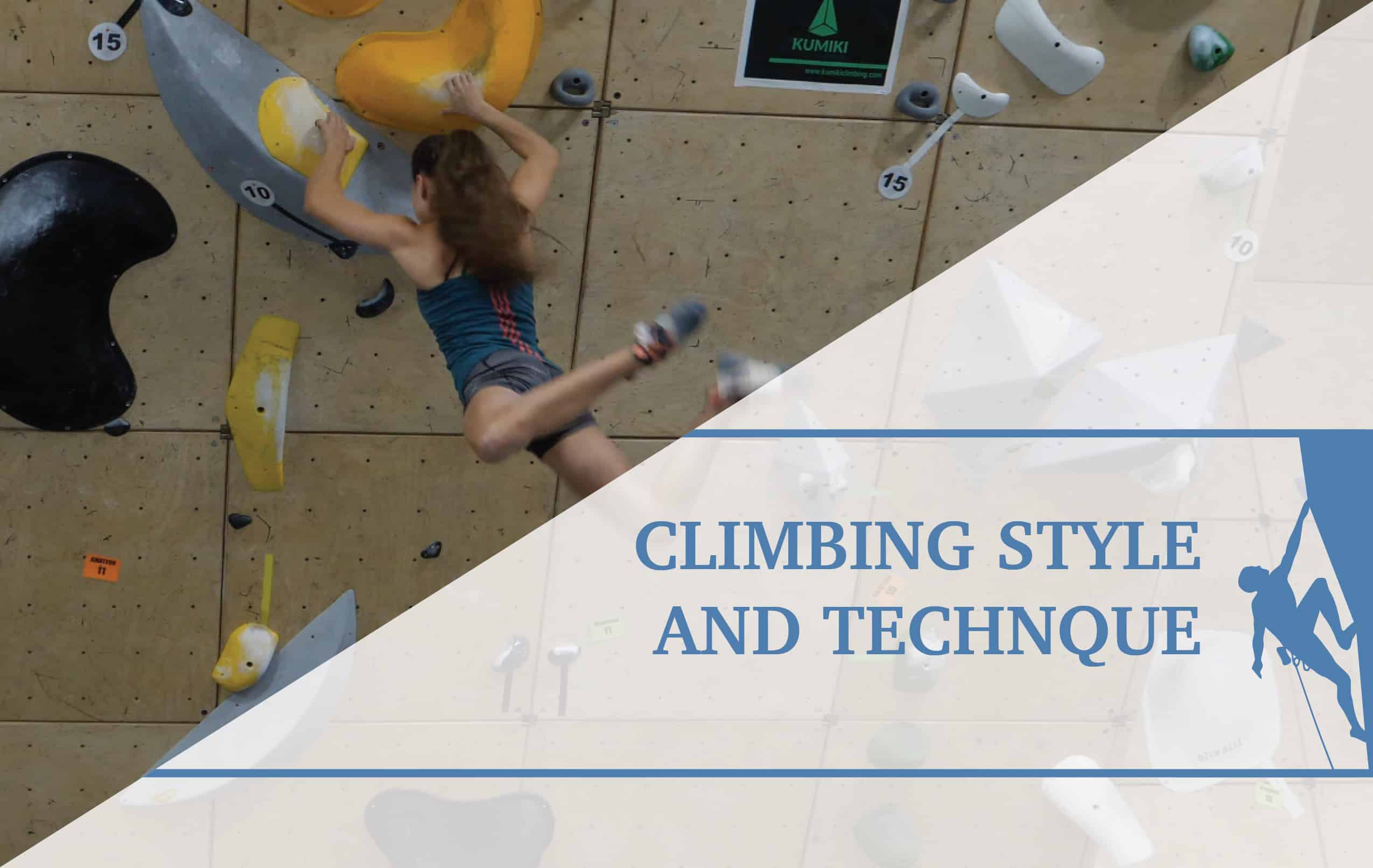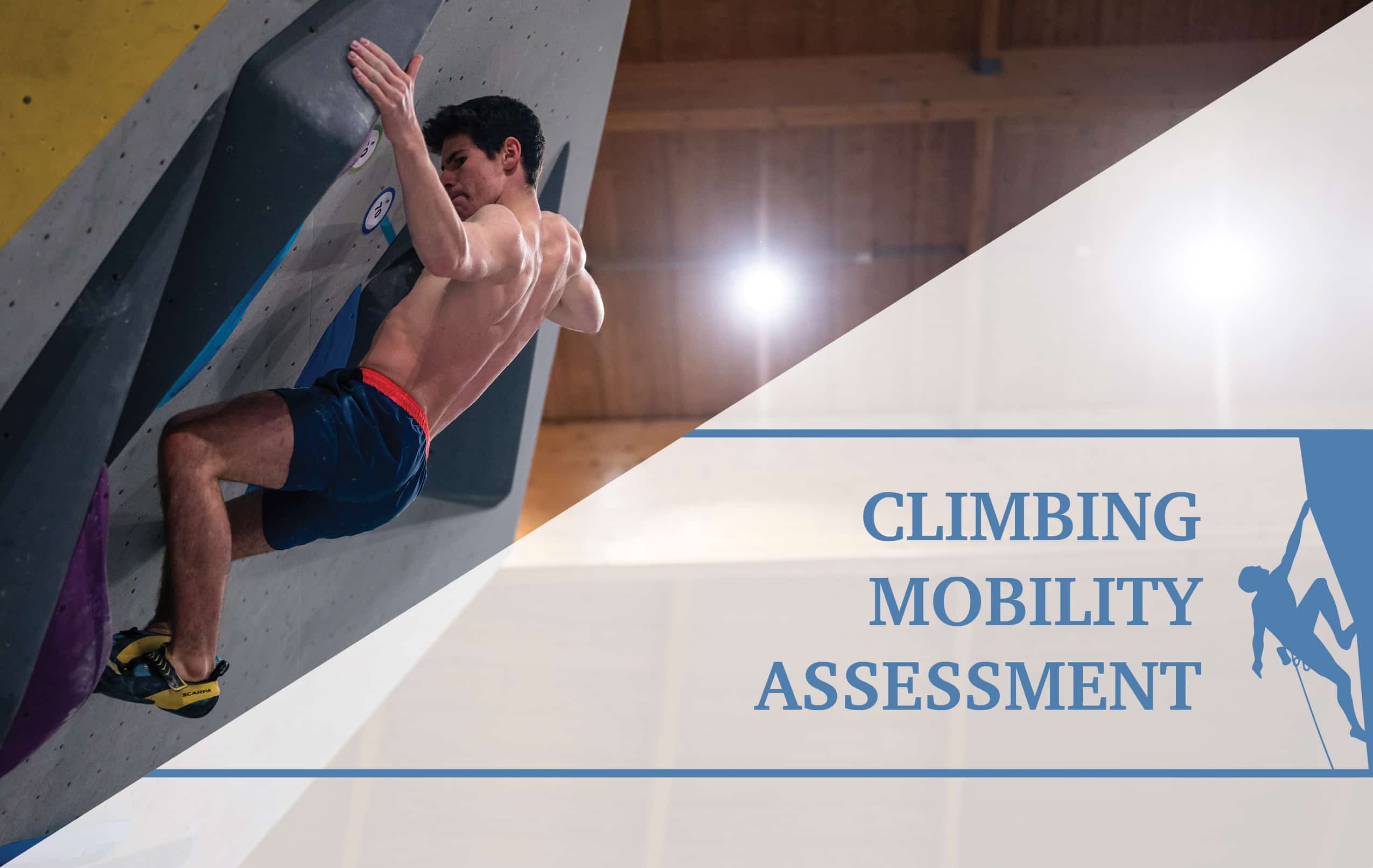This article will focus on why rock climbers have stiff shoulders. While analyzing the climbers’ neck and shoulder pain during a clinical exam, immobility assessment is a key component. […]
Treating tennis elbow (outside elbow pain) in rock climbers can be tricky. That is why it is […]
Do you ever wonder why it is so hard to keep your fingers warm when climbing? Are you interested in strategies to keep the circulation flowing while you climb? […]
I was seeing a rock climber, she was a 22-year-old female, and she reported after a long session of bouldering that she would have wrist instability, as well as […]
If a climber presents with palmar nodules in their hand—mostly the ring finger, followed potentially by the little and middle fingers—they may have something called Dupuytren’s disease, also known […]
If a patient presents with lateral elbow pain, it’s possible they have lateral epicondylitis, lateral epicondylosis, or lateral epicondylalgia. In order to differentiate these symptoms and diagnoses, it’s important […]
Finger pulley injuries are the most common injury with rock climbers. In order to understand pulley sprains, we need to understand the anatomy first. So, let’s discuss the pulleys […]
In this article, we will take a closer look at train climbing route speed, movement cadence, and technique. When analyzing climbing movement, there are five key components to look […]
In this post, we’ll review the rehabilitation guidelines for a pulley sprain. Based on the research by Lutter and colleagues as well as Cooper and colleagues.
First, lets review the […]
When assessing climbing performance, we look at strength, power, endurance, mobility, and control. In this article, we’ll discuss mobility. Look at the two different movements in the photos below, […]
BlogThe Climbing Doctor2024-03-18T13:06:17-07:00










